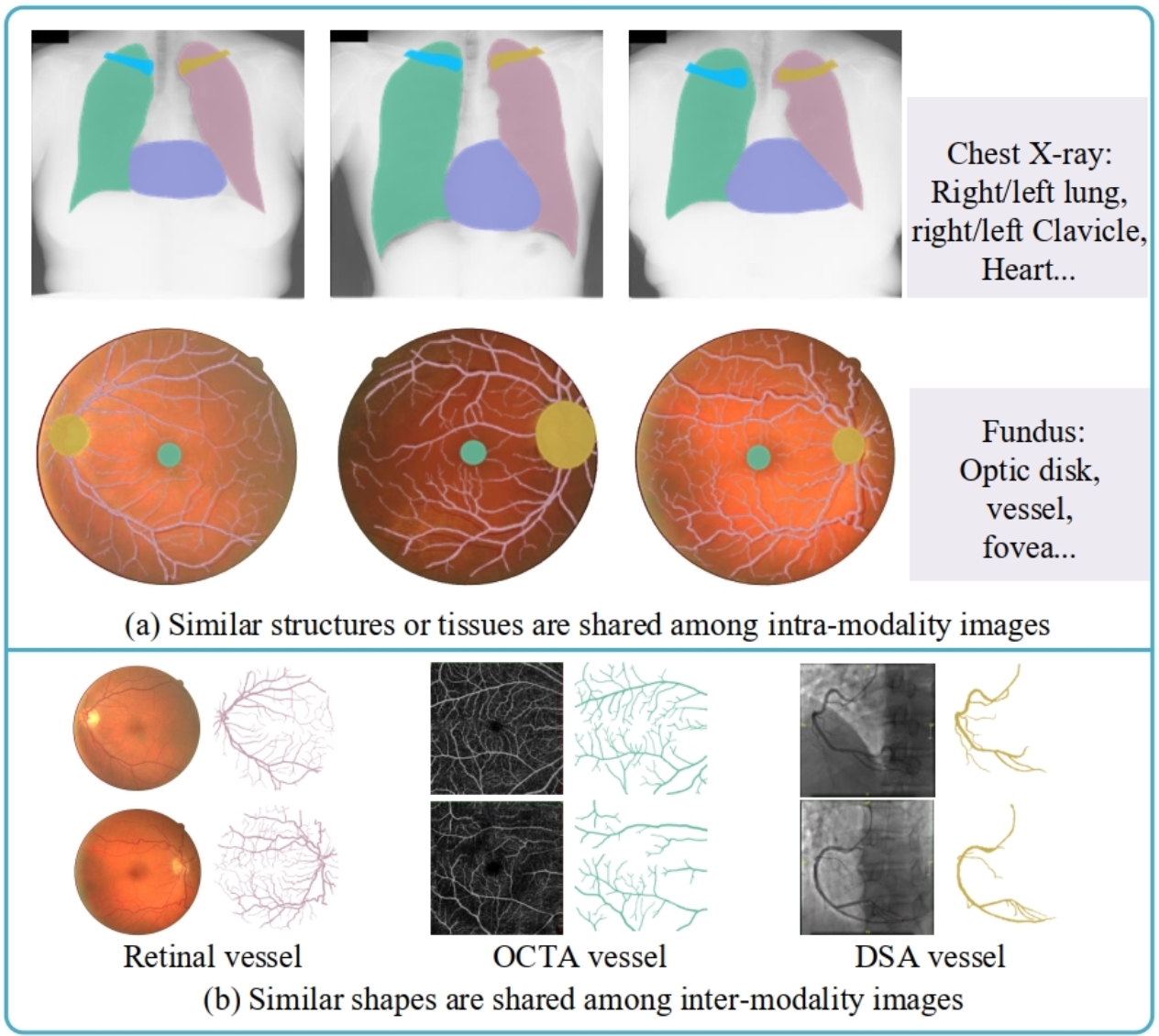Unsupervised Local Discrimination for Medical Images
Contrastive learning, which aims to capture general representation from unlabeled images to initialize the medical analysis models, has been proven effective in alleviating the high demand for expensive annotations. Current methods mainly focus on instance-wise comparisons to learn the global discriminative features, however, pretermitting the local details to distinguish tiny anatomical structures, lesions, and tissues. To address this challenge, in this paper, we propose a general unsupervised representation learning framework, named local discrimination (LD), to learn local discriminative features for medical images by closely embedding semantically similar pixels and identifying regions of similar structures across different images. Specifically, this model is equipped with an embedding module for pixel-wise embedding and a clustering module for generating segmentation. And these two modules are unified through optimizing our novel region discrimination loss function in a mutually beneficial mechanism, which enables our model to reflect structure information as well as measure pixel-wise and region-wise similarity. Furthermore, based on LD, we propose a center-sensitive one-shot landmark localization algorithm and a shape-guided cross-modality segmentation model to foster the generalizability of our model. When transferred to downstream tasks, the learned representation by our method shows a better generalization, outperforming representation from 18 state-of-the-art (SOTA) methods and winning 9 out of all 12 downstream tasks. Especially for the challenging lesion segmentation tasks, the proposed method achieves significantly better performances. The source codes are publicly available at https://github.com/HuaiChen-1994/LDLearning.
PDF Abstract





 STARE
STARE